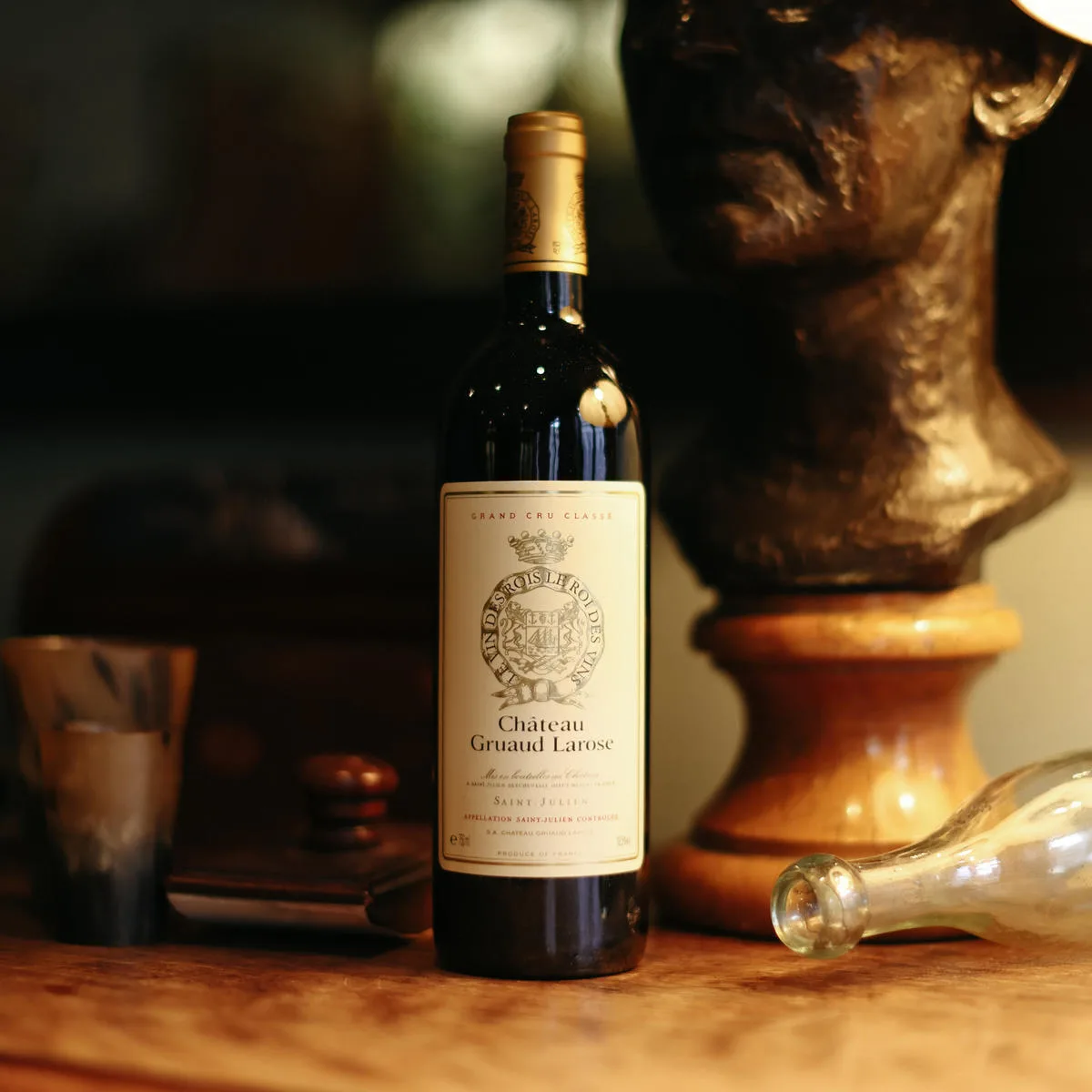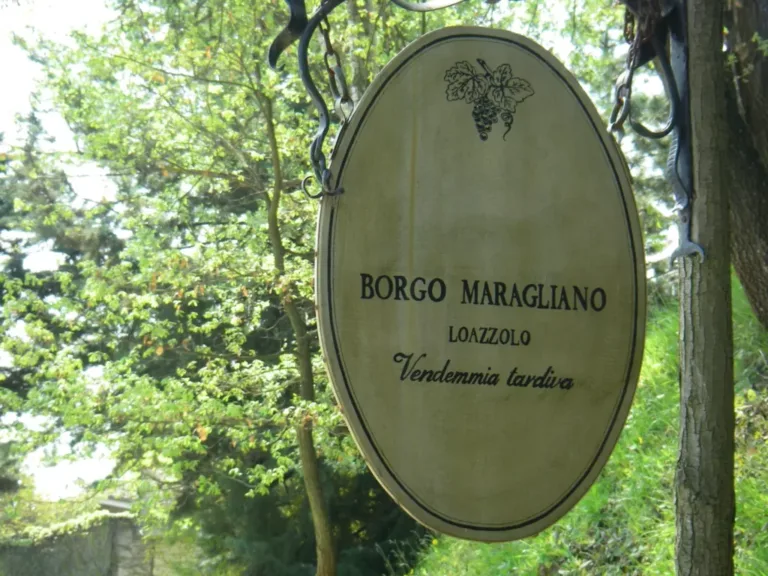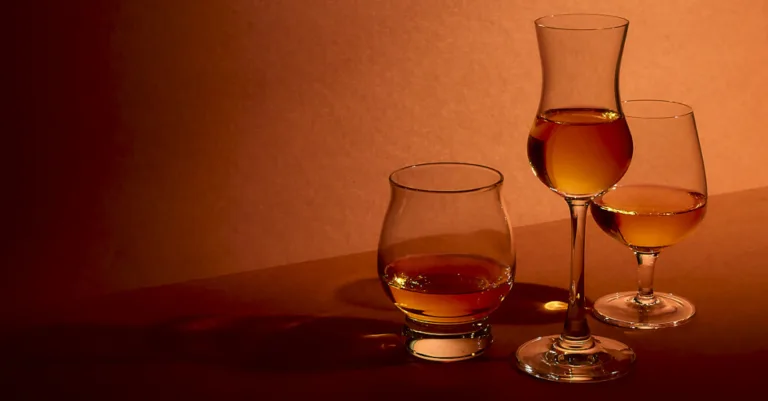Many of us assume that aged wines are better than their youthful counterparts, but we all have different palates. If you don’t quite understand your tastes, it’s difficult to manage your cellar and know when to withdraw your wines. So, what exactly happens when a bottle is laid down to rest? To illustrate the ageing process in action, we lined up three vintages of the exact same wine to see how each is tasting.
It’s a familiar adage that wines get better with age, but the question of “better” is a subjective one. Do you prefer your wines brimming with fresh fruits, or nuanced and complex with hints of mushroom and leather? There are no wrong answers – it’s all down to what you like to drink. But it’s good to know when to pull the cork, so you end up with a wine in your glass that you’ll enjoy.
Wine is a constantly evolving thing. When it is young, the fruits in the mix are all crying out for attention: vibrant, tightly woven and tart. At this stage, the tannins are at their thickest, and you’ll feel them furring your teeth and gums. While that may not sound especially pleasant, tannins marry particularly well with dishes rich in protein and fatty meats, making such young wines perfect for pairing with hearty meals.
As a wine ages, these fruits gradually fall away. The acidity levels come down, the tannins soften, and the overall profile is one of
This Article was originally published on Barry's Wine Blog







